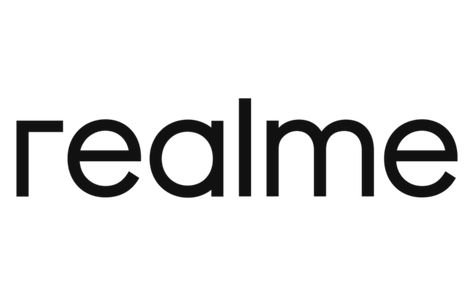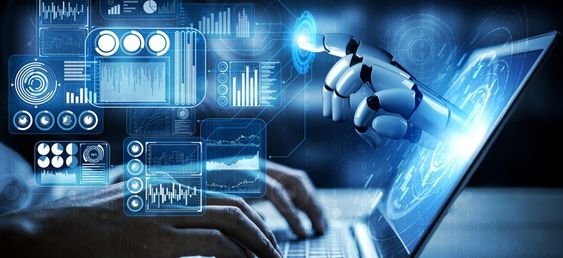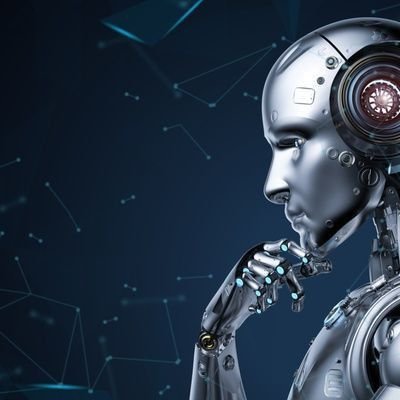
In the first quarter of 2025, the tech industry has entered another turbulent phase. Major companies like Morgan Stanley, Wayfair, Starbucks, and Meta have announced significant rounds of layoffs, impacting thousands of workers across departments. These workforce reductions follow the global trend from 2022 and 2023, where tech firms trimmed teams to navigate inflation, interest rate hikes, and post-pandemic corrections.
This time, however, companies blame new forces. Advancements in artificial intelligence (AI), shifting consumer behaviors, and a focus on leaner business models have emerged as key drivers of job cuts. While the tech sector continues to generate revenue and report growth in AI initiatives, its employment strategies reflect a different reality—one where automation replaces roles, and efficiency trumps expansion.
Meta Slashes Jobs Despite Metaverse Ambitions
Meta, the parent company of Facebook and Instagram, has eliminated over 8,000 positions since January 2025. These layoffs affect both technical and non-technical teams. Departments like content moderation, human resources, product design, and advertising sales faced deep cuts.
CEO Mark Zuckerberg has publicly supported the company’s shift toward a leaner structure. He called 2025 “the year of efficiency 2.0” during Meta’s Q1 earnings call. He believes AI tools can now handle functions that previously required human effort. For instance, Meta’s AI handles over 98% of content moderation on Facebook, reducing the need for human reviewers.
Meta has also redirected resources to its Reality Labs division, which builds hardware and software for the metaverse. But even there, the company downsized less critical teams, including some in VR hardware support and non-priority research.
Zuckerberg has defended the layoffs, saying, “We need to invest in areas that define the future while running a company that operates responsibly and efficiently.” While Meta grows in AI and virtual reality, its workforce continues to shrink.
Morgan Stanley Cuts Tech and Back-Office Roles
Morgan Stanley joined the list of firms reducing staff in 2025. The financial giant eliminated around 3,000 jobs in its tech, operations, and support divisions. These layoffs mostly affected middle and back-office employees in global offices, including in the U.S., UK, and India.
Executives at Morgan Stanley attributed the layoffs to automation and AI-driven systems that now manage routine banking operations. The company deployed several AI tools in late 2024 to streamline tasks in risk analysis, trading, and customer support.
Chief Technology Officer Jason Pickett explained the company’s position: “We didn’t want to cut people, but we had to evolve. Our AI platforms now handle repetitive processes in minutes, which took teams hours before.”
Morgan Stanley continues to invest in data analytics and fintech solutions, but it demands fewer hands to operate those systems. The company has also started retraining some employees for AI-integrated roles, though the number of opportunities remains limited compared to the layoffs.
Wayfair Trims Workforce After Pandemic Surge
Wayfair, the online furniture retailer, announced 1,500 job cuts this quarter, citing the end of pandemic-era consumer habits. During COVID-19 lockdowns, Wayfair’s business boomed as consumers spent heavily on home improvement. The company scaled up quickly, hiring aggressively and expanding infrastructure.
Now, consumer demand has normalized, and Wayfair has struggled to maintain the same growth rate. Executives admitted that the company had over-hired during the boom period and now needs to adjust to current market conditions.
Wayfair also rolled out AI tools to improve customer service and optimize logistics. These systems reduced the need for large support teams, warehouse coordinators, and manual analysts. CEO Niraj Shah emphasized that the company must prioritize profitability after years of high operating costs.
“We built for scale,” Shah said, “but today we need to build for sustainability.”
Starbucks Moves Toward Digital, Cuts Corporate Jobs
Even Starbucks, a company known for its physical footprint and customer service model, has not escaped the wave of layoffs. In March 2025, the coffee giant let go of over 2,000 corporate employees, mainly in departments like marketing, regional operations, and internal communications.
Starbucks has invested heavily in digital transformation over the past year. Its mobile app now supports personalized AI-driven recommendations, automated order processing, and digital rewards optimization. The company also uses predictive analytics to manage supply chains and staff scheduling.
Laxman Narasimhan, Starbucks’ CEO, said the layoffs reflect a shift in how the company engages with its customers and manages its stores. “Digital tools allow us to understand our customers better and operate smarter. We respect the contributions of our team members, but we must evolve.”
Store-level employees remained largely unaffected, though future automation could change that, especially as Starbucks tests robotic barista systems in select markets.
AI as a Catalyst for Change
Artificial intelligence continues to reshape business operations at breakneck speed. Companies across sectors now deploy AI to improve efficiency, reduce costs, and enhance decision-making. From content creation and fraud detection to hiring and inventory management, AI has assumed control over processes once handled by humans.
This transformation has created new opportunities—but it has also erased traditional roles. Entry-level positions in data entry, customer service, and content moderation face the highest risk. AI systems now generate reports, respond to queries, and even write promotional material.
Companies see short-term cost savings and long-term scalability in AI-driven models. The shift isn’t temporary; it marks a permanent realignment of roles and responsibilities in the workplace.
The Human Cost and Workforce Uncertainty
While companies improve margins and meet investor expectations, thousands of workers now face unemployment and uncertainty. The 2025 layoffs affect people across age groups, career levels, and geographies. Many employees report receiving limited notice or support after termination.
Professional networks like LinkedIn show an influx of job seekers from Meta, Amazon, and other tech giants. Workers with five to ten years of experience in content management, marketing, and technical support now compete for fewer roles in a more demanding job market.
Career coaches and labor economists suggest that workers upskill quickly, focusing on AI, data literacy, and project management. But reskilling takes time, and not every worker can transition smoothly.
Unions and advocacy groups have called for greater transparency, severance protection, and workforce transition plans. They argue that companies profiting from AI should invest more in training and rehiring laid-off workers.
Governments Step In
Governments have started monitoring layoffs closely. In the U.S., some lawmakers propose new rules requiring companies to provide 90-day notice before mass layoffs. The European Union has accelerated conversations around AI regulation, including provisions for protecting workers displaced by automation.
India’s Ministry of Labour announced a task force to assess job loss trends in the IT and BPO sectors. The task force will recommend policies on upskilling, reemployment support, and AI ethics.
Regulators worldwide now face the challenge of balancing innovation with job protection. The rise of AI may bring efficiency, but it also raises ethical questions about accountability, fairness, and social stability.
Final Thoughts
The 2025 wave of layoffs reveals a deeper shift in the global job market. Businesses are not simply reacting to market downturns—they are proactively restructuring for an AI-driven future. While technology fuels innovation and efficiency, it also displaces workers and reshapes careers.
Employees must adapt quickly, and companies must lead responsibly. A future built on AI should not ignore the human cost. Businesses that value both innovation and inclusion will ultimately lead this new era—not just with code and algorithms, but with compassion and vision.
ALSO READ: Realme P3 and P3 Ultra to Launch on March 19








